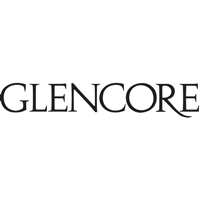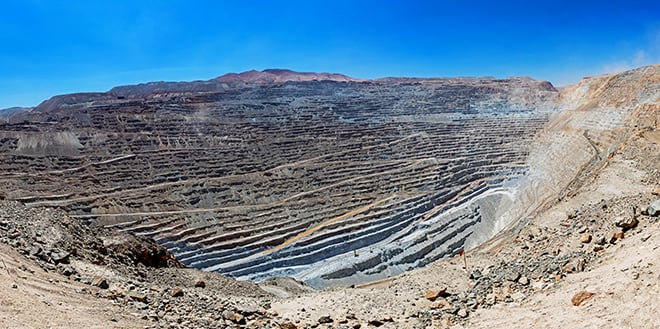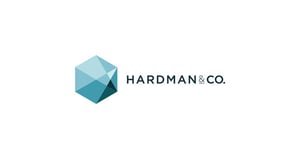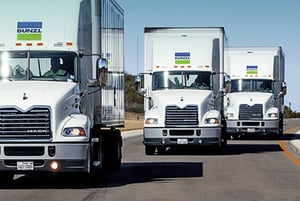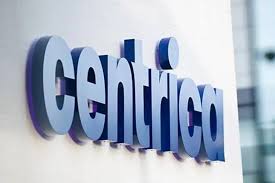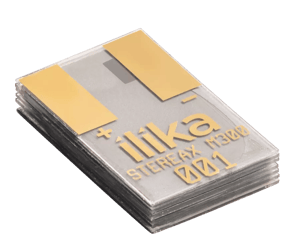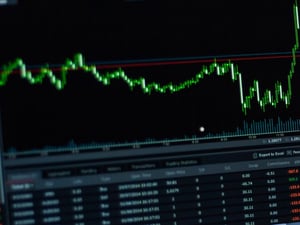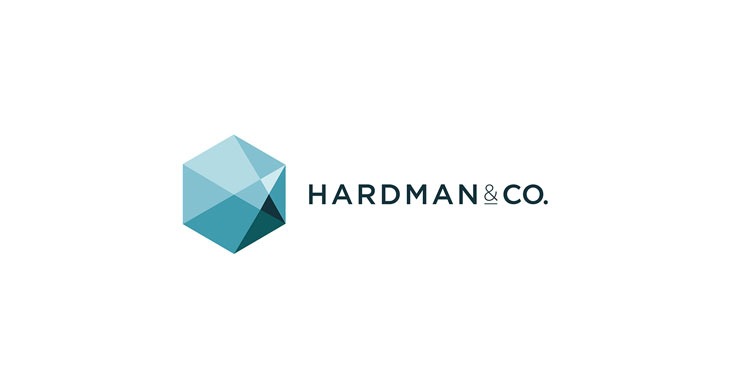Glencore Plc (LON:GLEN), announced half year report for 2018.
Highlights
Glencore’s Chief Executive Officer, Ivan Glasenberg, commented: “The strength of our diversified business model and commodity mix is once again demonstrated with a 13% increase in net income and a 23% increase in Adjusted EBITDA to $8.3 billion.
“Against a volatile but favourable trading and commodity price environment, Marketing performed towards the upper end of its guidance range with a 12% increase in Adjusted EBIT to $1.5 billion. Our Industrial business recorded Adjusted EBITDA of $6.7 billion, up 26%, reflecting the highly competitive cost positions of our asset base.
“Cash generation remains strong, with FFO up 8% to $5.6 billion and our balance sheet healthy, with Net debt of $9 billion. In addition to the $2.85 billion of shareholder distributions announced earlier this year, we recently announced a $1 billion buy-back programme.
“While broader market conditions are likely to remain volatile, confidence in our business prospects and current share trading levels point to near-term focus on deleveraging and shareholder returns / buybacks funded through cash generation. We remain focused on creating value for shareholders through the disciplined allocation of long-term capital.”
|
US$ million |
H1 2018 |
H1 2017 |
Change % |
2017 |
|
Key statement of income and cash flows highlights1: |
|
|
|
|
|
Net income attributable to equity holders |
2,776 |
2,450 |
13 |
5,777 |
|
Adjusted EBITDA◊ |
8,270 |
6,741 |
23 |
14,762 |
|
Adjusted EBIT◊ |
5,119 |
3,801 |
35 |
8,552 |
|
Earnings per share (Basic) (US$) |
0.19 |
0.17 |
12 |
0.41 |
|
Funds from operations (FFO)2◊ |
5,625 |
5,201 |
8 |
11,556 |
|
Net cash generated by operating activities before working capital changes |
6,805 |
5,599 |
22 |
11,866 |
|
Capital expenditure◊ |
2,165 |
1,679 |
29 |
4,234 |
|
US$ million |
30.06.2018 |
31.12.2017 |
Change % |
|
Key financial position highlights: |
|
|
|
|
Total assets |
134,464 |
135,593 |
(1) |
|
Net funding2◊ |
31,894 |
32,898 |
(3) |
|
Net debt2◊ |
8,997 |
10,673 |
(16) |
|
Ratios: |
|
|
|
|
FFO to Net debt2,3◊ |
133.2% |
108.3% |
|
|
Net debt to Adjusted EBITDA3◊ |
0.55x |
0.72x |
|
Another strong financial performance
– Adjusted EBITDA of $8.3 billion, up 23%; Adjusted EBIT of $5.1 billion, up 35%
– Net income attributable to equity holders of $2.8 billion, up 13%; net income, pre-significant items up 40% to $3.3 billion
– Funds from operations of $5.6 billion, up 8%
– Continued balance sheet strength and flexibility: Net debt of $9.0 billion, down 16%
– EPS of $0.19 per share, up 12%
– 2nd instalment of the 2018 distribution of $1.4 billion ($0.10 per share) payable in September
Strong Marketing performance
– Marketing Adjusted EBIT of $1.5 billion, up 12%
– Strong performances from Metals and minerals and Energy products segments, up 17% and 23% respectively
– Lower crop yields in key geographies reflected in weaker Agricultural products performance; stronger H2 expected
Industrial assets performance underpinned by higher prices and continued cost/asset optimisation
– Industrial Adjusted EBITDA up 26% to $6.7 billion
– Solid first-half mine cost/margin performances across the business (Cu: 88c/lb, Zn: -11c/lb (20c/lb ex Au), Ni: 177c/lb, Coal: $35/t margin at $50/t unit cash cost)
– Copper and zinc mine costs higher than initial FY guidance primarily due to project ramp-up, lower by-product pricing, some modest energy cost inflation and H2 weighted production
Growth through selective M&A
– Hunter Valley Operations large-scale premium thermal coal mine JV established in May (49% attributable to Glencore)
– Hail Creek primarily coking coal acquisition from Rio Tinto completed on 1 August
– Downstream oil investments in South Africa, Botswana and Brazil expected to complete in H2
Increasing returns to shareholders, funded by cash generation
– 2018E distributions / buybacks now total $4.2 billion, comprising $2.85 billion distribution of 2017 cash flows, $0.3 billion H1 share trust purchases and $1.0 billion H2 buy-back programme
– Confidence in own business prospects and current share trading levels point to near-term focus on deleveraging and shareholder returns/buybacks


